- Overview
- MASLD and MASH
- Tests & Diagnosis
- Treatment and Prevention
- Complications
- Appointment Prep
- View Full Guide
Liver-Friendly Latino Superfoods

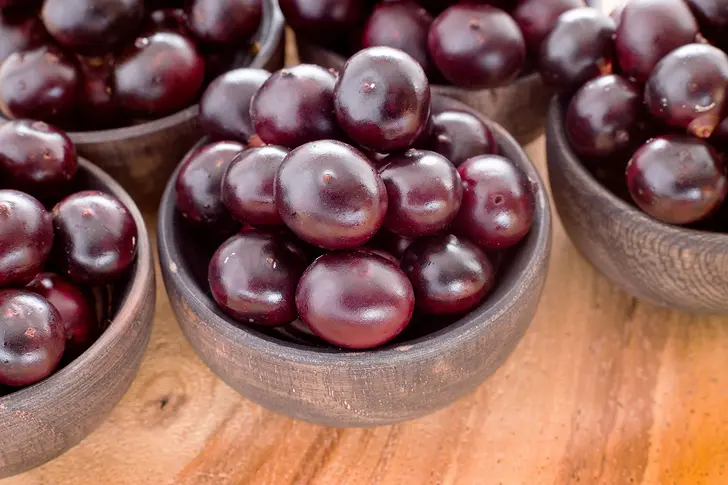
Açaí
Açaí is a small, dark purple berry from Brazil. It was a traditional food for Indigenous communities and today is popular in healthy diets and restaurants across the U.S. Açaí has an earthy, slightly bitter flavor and is often blended into bowls with fruits, milk, and toppings like nuts or seeds. These berries are packed with polyphenols, which help your body fight cellular stress. Caution: Many açaí juices and powders have added sugar, which is especially harmful if you have fatty liver.

Amaranth
Amaranth has deep roots in Indigenous cultures across the Americas. People first used the plant for infusions. Later, they saw the value of the seeds and began growing it as a crop to make flour. The seeds have an earthy, slightly bitter flavor. Studies show that amaranth lowers triglycerides, cholesterol, and other fats that build up in your liver. The oil from this plant works as liver-friendly food.
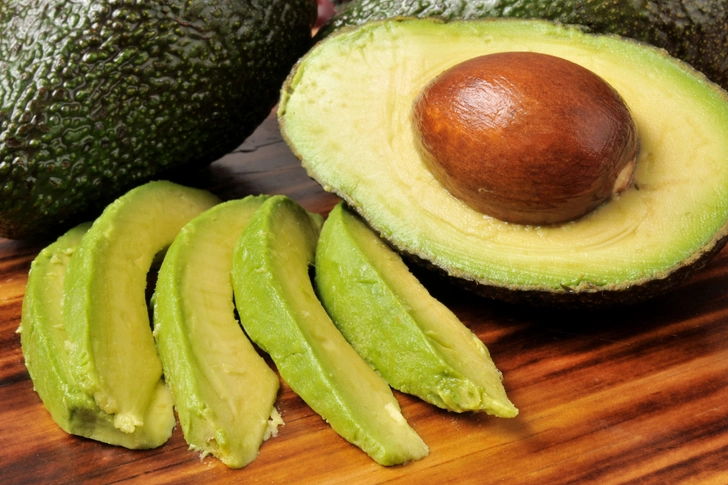
Avocados
It is no surprise that Mexico is the leading producer of avocados in the world. Most Mexican meals are served with a side of avocado. Avocados are high in monounsaturated fat, the "good" fat that your liver needs. Avocado oil helps lower substances that can damage your cells, reduces inflammation, and protects your liver from fat buildup. You can enjoy avocado salads, guacamole, or lean proteins with a side of avocado.
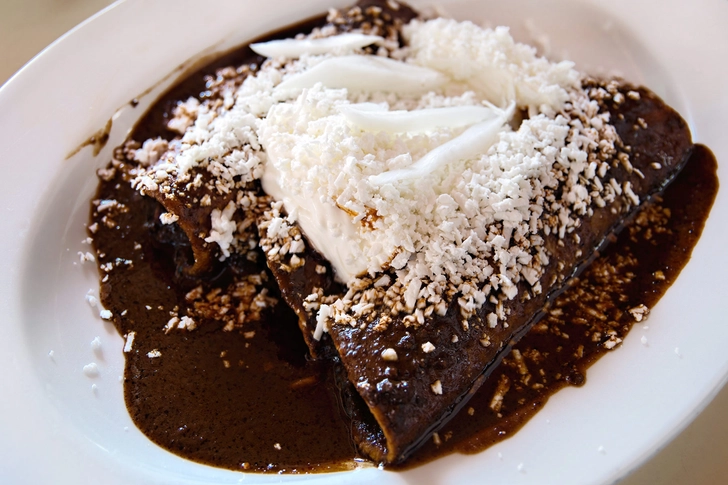
Cacao
Cacao plays an important role in Mexico's history and heritage. Think of mole, a classic dish that combines protein with a rich dark chocolate sauce. Or a cup of hot dark chocolate, a New Year's Day tradition in many homes. Cacao gives your body antioxidants and anti-inflammatory benefits. It may also help protect your liver from obesity-related fatty liver disease. An occasional piece of dark chocolate can be part of a balanced, liver-friendly diet.
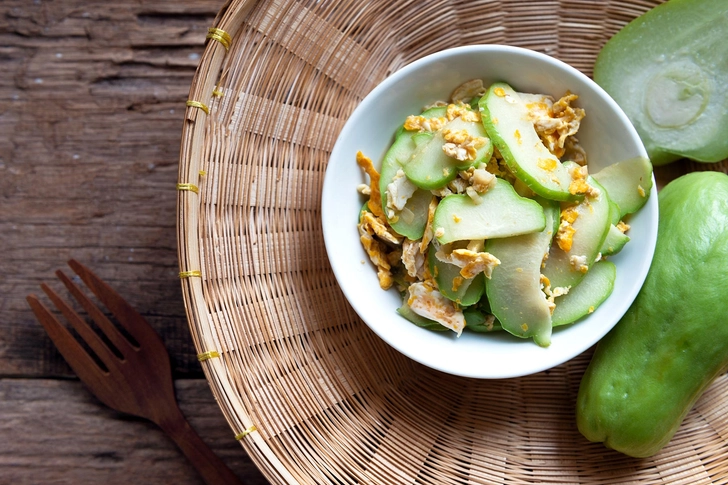
Chayote
Chayote is a non-starchy vegetable popular in Hispanic kitchens, especially among Mexican and South American families. Its flavor is mild, like cucumber with a hint of apple. You can add it raw to salads or salsa for extra crunch, or cook it in stews for texture and flavor. Some studies suggest that chayote may help protect your body from cellular damage and lower your blood sugar levels. Both can help if you have fatty liver.

Chia Seeds
These tiny black seeds come from the Salvia hispanica plant, native to Mexico and Guatemala. They're full of fiber and fit easily into your diet. You can add them to yogurt, crackers, cereal bowls, granola bars, drinks, or jams. Chia seeds provide omega-3 fatty acids, fiber, and antioxidants that help prevent metabolic problems linked to liver diseases such as MASH.
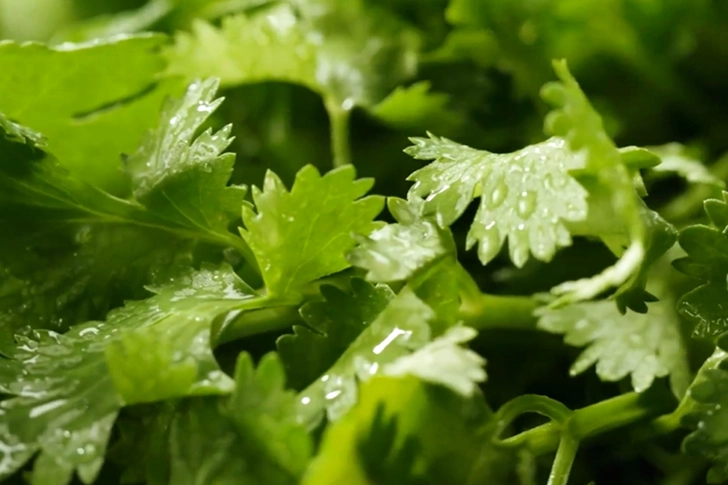
Cilantro
Cilantro is a super herb deeply rooted in Mexican and Peruvian cuisines. It is aromatic, tasty, and a garnish of choice for salads, tacos, ceviche, salsa, rice, guacamole, and pastas. Cilantro extract protects your liver because it helps remove fatty buildup and reduces liver weight due to its anti-inflammatory nature. Cilantro pairs well with lemon, onions, proteins like chicken and fish – all liver-loving ingredients.
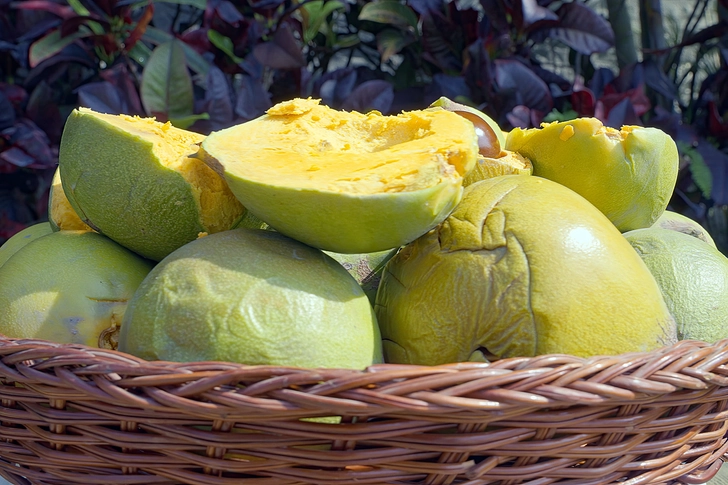
Lucuma
This fruit is native to the Andean region of South America, especially Peru and Ecuador. Its natural sweetness makes it perfect for smoothies, juices, or fruit salads. It's packed with antioxidants and anti-inflammatory properties. Lucuma provides polyphenols, flavonoids, and carotenoids, along with a healthy fatty acid profile. These nutrients support your liver, especially if you live with MASH.

Tomatillos
Tomatillos are small green tomatoes that have a tangy, savory flavor when you boil or steam them. After peeling the outer layer, you use them most often in Mexican cooking to make flavorful salsas. They pair well with cooked onions, lime, and cilantro. Tomatillos give you antioxidants, vitamins, and fiber while staying low in calories. They fit perfectly into a liver-friendly, low-calorie diet that supports your health without losing flavor.

Quinoa
Quinoa is a grain from the Andean region of South America, often eaten like cereal. It stands out because it contains more protein than most other grains. Many people look for gluten-free options, and quinoa gives you a nutritious alternative without losing flavor or nutrients. Quinoa provides essential fatty acids, minerals, vitamins, fiber, and healthy carbs that help control blood sugar. It’s gluten-free and liver-friendly, making it an easy choice for better health.
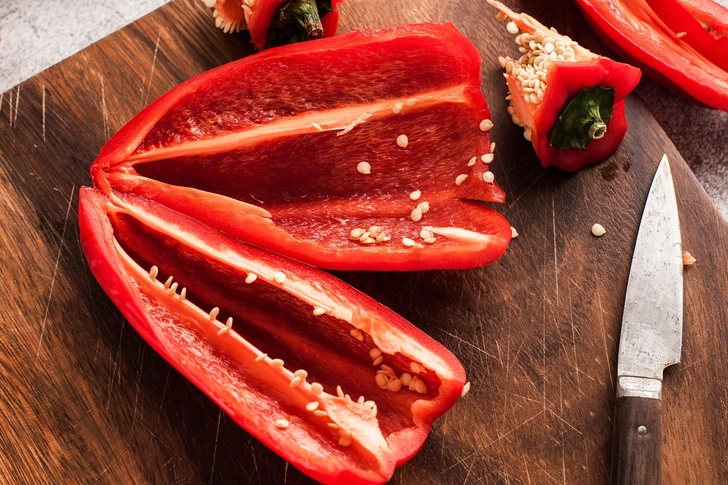
Red Bell Peppers
Hispanic people can like strong flavor, and red peppers are a great source of it. From salads to rice, stews, and salsas, red bell peppers are typically included as ingredients when it comes to classic Hispanic recipes. The seeds in red bell peppers help your liver clear out excess fat through a natural process called autophagy. That’s why red peppers are a healthy addition to your meals if you live with MASH.

Nopal
Nopal is a prickly pear or tender cactus that is very popular in Mexico. It adds flavor to salads, smoothies, and stews. People value nopal for its benefits in managing diabetes, high cholesterol, obesity, hangovers, and for its antiviral and anti-inflammatory properties. Nopal reduces liver fat by boosting fat use, lowering oxidative stress, and improving insulin function. Who knew a cactus could do so much for your health?
IMAGES PROVIDED BY:
1) iStock/Getty Images
2) iStock/Getty Images
3) iStock/Getty Images
4) Moment/Getty Images
5) iStock/Getty Images
6) iStock/Getty Images
7) WebMD
8) iStock/Getty Images
9) iStock/Getty Images
10) Moment/Getty Images
11) Moment/Getty Images
12) iStock/Getty Images
SOURCES:
National Center for Complementary and Integrated Health: "Akai."
Nutrición Hospitalaria: "Açai improves non-alcoholic fatty liver disease (NAFLD) induced by fructose."
American Liver Foundations: "Acai Bowls."
Foods: "The Dual Nature of Amaranth – Functional Food and Potential Medicine," "Chia Seeds (Salvia Hispanica L.): An Overview – Phytochemical Profile, Isolation Methods, and Application," "Quinoa (Chenopodium quinoa Willd.): An Overview of the Potentials of the 'Golden Grain' and Socio-Economic and Environmental Aspects of Its Cultivation and Marketization."
Berkeley Food Institute: "Amaranth was once outlawed by Spanish colonists. Now, it represents the resilience of Indigenous food systems and the courage of seed savers that preserved the plant for today."
ScienceDaily: "Avocados Contain Potent Liver Protectants."
Comparable Hepatology: "The effect of cocoa supplementation on hepatic steatosis, reactive oxygen species and LFABP in a rat model of NASH."
Journal of Agricultural and Food Chemistry: "Sechium edule Shoot Extracts and Active Components Improve Obesity and a Fatty Liver That Involved Reducing Hepatic Lipogenesis and Adipogenesis in High-Fat-Diet-Fed Rats."
Lipids in Health and Disease: "Chia Seeds (Salvia Hispanica L.): An Overview – Phytochemical Profile, Isolation Methods, and Application."
Journal of Pharmacy and BioAllied Sciences: "Pharmacological screening of Coriandrum sativum Linn. for hepatoprotective activity."
Nutrients: "Red Pepper Seeds Inhibit Hepatic Lipid Accumulation by Inducing Autophagy via AMPK Activation."
Anais da Academia Brasileira de Ciências: "A Comprehensive Analysis of the Nutritional Value, Antioxidant Potential and Fatty Acid Composition of Lucuma (Pouteria lucuma) Fruit, Grown in the High-Altitude Valleys of Bolivia."
American Heart Association: "Tomatillo – yes or no? For healthy eating, the answer is easy."
Redox Report: "The consumption of Sechium edule (chayote) has antioxidant effect and prevents telomere attrition in older adults with metabolic syndrome."